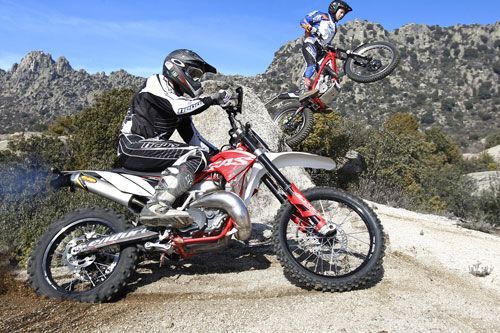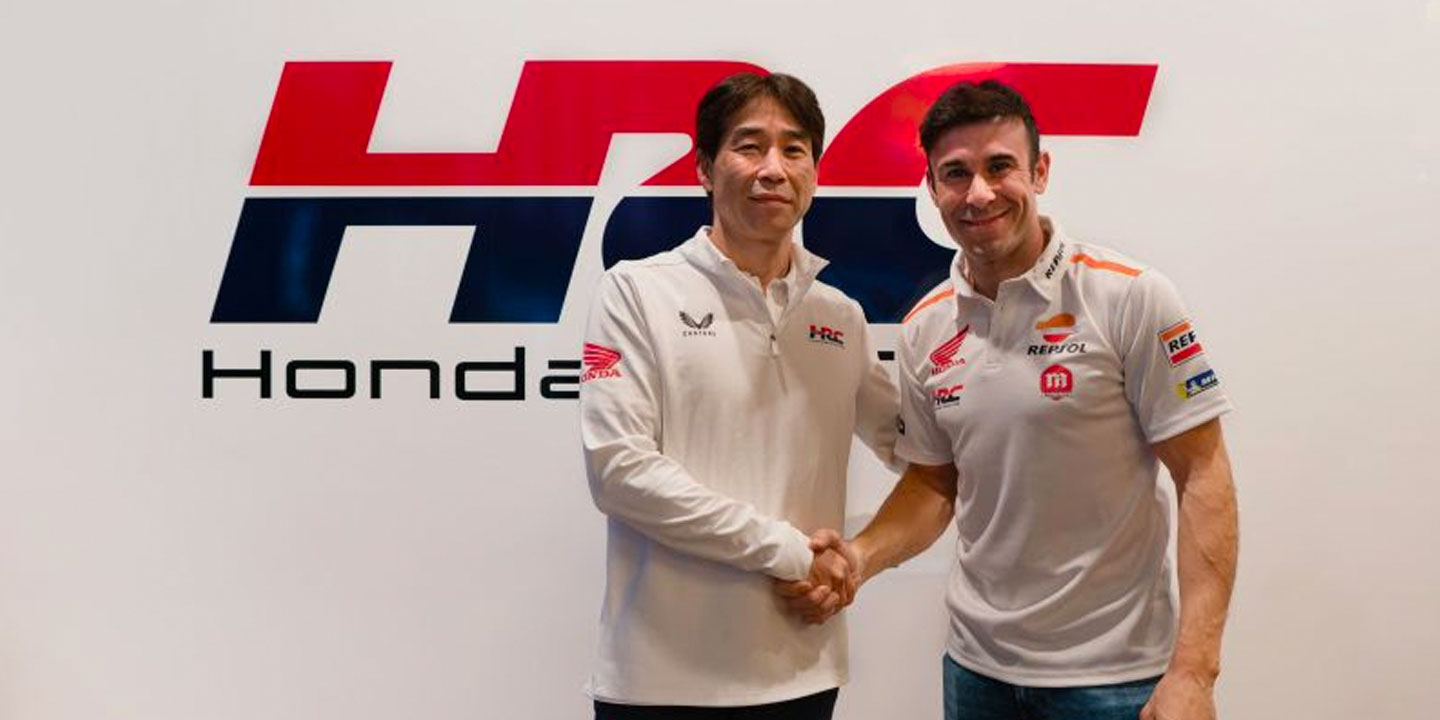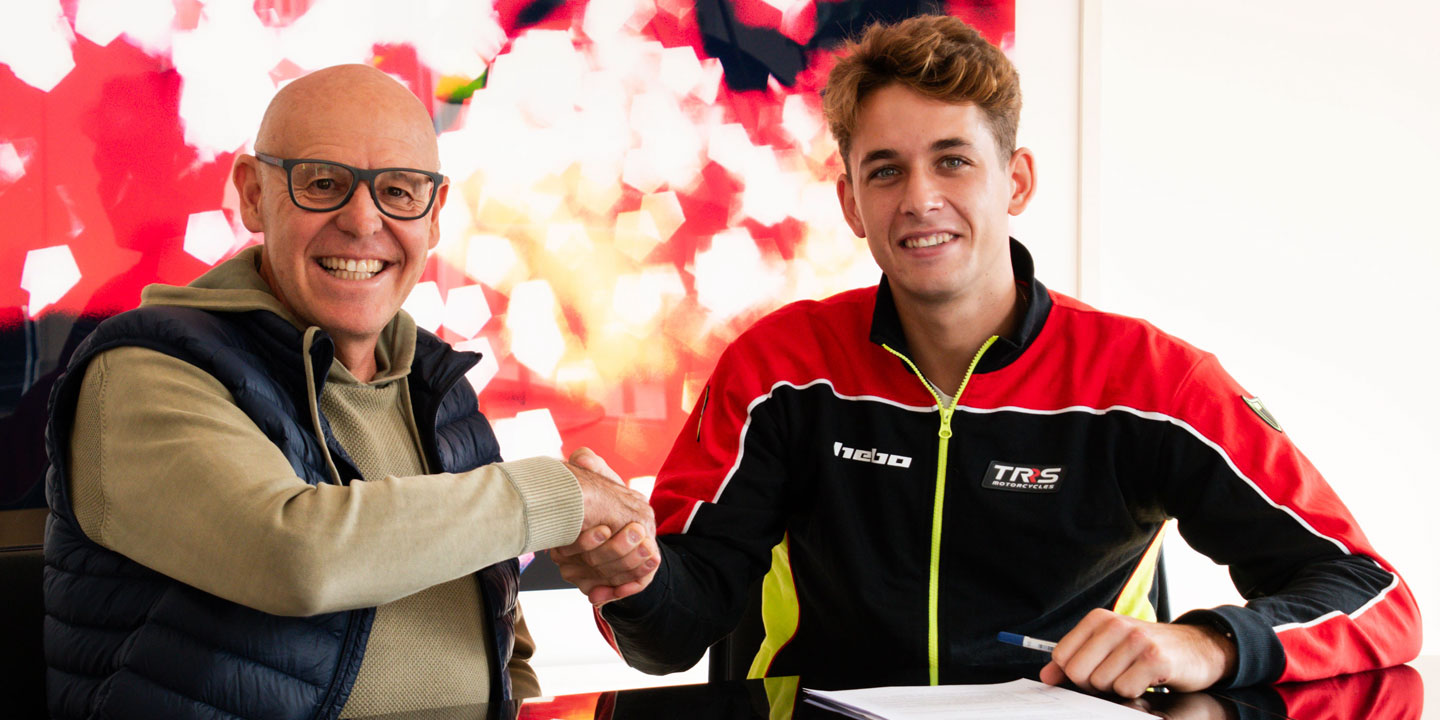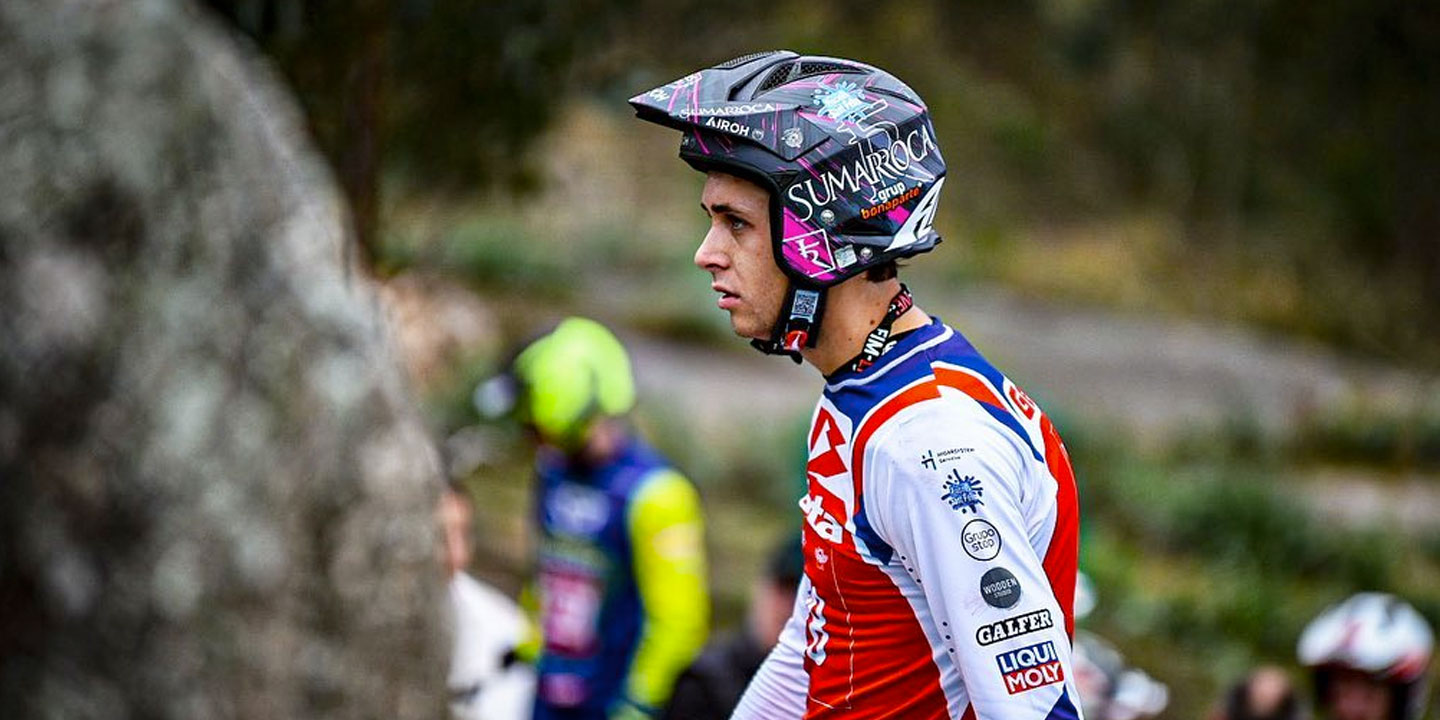Nowadays it’s rare to hear an amateur say: “I like the dirt bike.” The successive technological evolutions that the world of motorcycling has experienced throughout the 20th and 21st centuries, together with the proliferation of new modalities that add to those already known, such as “freestyle” or “pitcross”, have Resulting in deep product specialization; First of all by the brands and then, necessarily, by the fans. As a result, nowadays fans openly express their passion for Enduro, Cross or Trial, mainly.
However, as many of you may well know, All off-road motorcycle enthusiasts come from the same mother. At the beginning of the 20th century, roads were represented by mere paths and motorcycles were rigid mounts with a functional sense; However, British postmen were beginning to have a great time measuring their dexterity on the controls of a motorbike. What started as a mere hobby, led to great media careers and an entire industry involved in evolving road bikes in order to be more competitive and reliable. From there, with A lot of passion and perseverance ended up forging the foundations of the sport that you love so much today.
There’s a reason for this historical introduction. It is enough to analyze the delicate situation that the country bike is experiencing today to realize that it is necessary to establish Synergies between specialties to safeguard the future of the sport. I’m sure that when you go out with your Enduro bike on the weekend you plan the route meticulously to avoid problems; others will have shortened routes; Maybe also Anyone has given up their passion because they don’t feel like a criminal. We also imagine that there will be a majority of lucky people who keep their customs.
The topic to be covered in this article is the synergies that exist between two apparently opposite specialties: Trial and Enduro. Analysing them in an entertaining way, we will understand why great riders on the current scene, such as Taddy Blazusiak, Graham Jarvis, Mario Román, Dani Gibert, Laia Sanz or Alfredo Gómez, have managed to stand out in record time.

Trial is, by definition, a very particular sport where the Technical progressions are very slow and require great perseveranceon the part of the pilot. However, the intense work carried out on the controls and the need for great precision make this specialty a great school. Another of the great skills that a
Trial riders in their learning stage, such as being very intuitive and knowing how to interpret the geology of the terrain in detail, are highly valued in Enduro.
As you well know, in a Whether it’s a timed section or an endurance, it’s very important to be a fast rider, but consistency in pace is becoming more and more important. Thus, as we have been able to see first-hand, the Shave seconds off the clock risking in fast areas, if when we get to the technical part we get fatigued due to lack of resources, or we simply don’t know how to choose the right line because we are “afraid” of facing certain obstacles.
At its core, the The technique of Trial and Enduro is very similar to each other. There is a decisive element that necessarily forces you to change the chip when you change your bike: the dimensions and structure of the bike. However, thanks to the fact that As the Enduro industry seeks to offer increasingly compact and agile bikes, the reactions are not as different as we can intuit a priori.
Analyzing the Innards
After contextualizing the positioning of both specialties historically and having highlighted technical brushstrokes of riding, we are going to dynamically compare both mounts on a mixed terrain. To do this, we have chosen two 2011 models of the same brand, Gas Gas, with Identical displacement: 249 cc.

Let’s start by talking about dimensions. The most disparate data is the wheelbase (1,475 mm for the EC compared to 1,340 mm for the TXT) and overall length (2,200 mm compared to 2,045 mm), which has a positive impact on the stability and behaviour of the whole in fast sections, at the cost of sacrificing agility. For this reason, on an intertwined and winding road it is easier to go fast with a Trial bike, even though it is not designed for such a purpose. This sensation is also justified by the lower weight of the set (102 kg compared to 67 kg), where we are not conceiving the significant increase that it would mean to make the measurement with full tanks (9.5 litres vs 2.5 litres). The most curious thing is that, despite the great differences in capacity, the autonomy in hours is not so different between the two specialties, since the consumption in a Trial motorcycle, whose mechanics usually work on average over 3,000 rpm, are significantly lower than those of Enduro, which has an exhaust valve and needs to work at high revs to offer its maximum performance.
To give you an idea, the Gas Enduro Gas Spewing More Than 40 hp of power to the clutch, while the Trial doesn’t even reach the 20 hp (approx. 18.5 hp). So how do you get such a docile and elastic response? Basically by sacrificing absolute power records in search of a flatter torque curve. The maximum torque records, verified, are as follows: 2.74 mkg at 3,900 rpm (TXT Trial) and 3.7 mkg at 7,490 rpm (EC Enduro). It is enough to look at the graphs to understand the disparate personality required by both specialties. The mechanics of Enduro are linear and dizzying in the rev scale, especially from 6,000 rpm, which is when the exhaust valve opens and overcomes a small “slump”; Below that regime there is not too much, but enough to be an acceptable road. Trial’s, on the other hand, is scrupulously sweet, progressive and easy to squeeze.
Frame exchange. What’s wrong?
Before getting off our respective bikes we asked ourselves the following: Would we be able to do sections with the Enduro and fast sections with the Trial?Let’s check it out! Obviously It is possible, but within the limits of complexity. When it comes to making
Then we set out to do a timed section with the Trial. We had a great time too! Here we find that the first three gears, and even the fourth, are practically useless. What’s more, depending on the model we choose, the jump between the fifth and sixth ratios is abysmal. Luckily, the good bass of the engine takes us out of any angle with verve, ease and a lot of fun. The main counterpoint lies in the lack of stability and reactions of the suspension at high speed, as it is easy to find the “bumps”. To synthesize all these sensations in a single argument we have asked Chema Quer, official test rider for Trialworld.es and two-time Madrid Trial Champion, to explain his feelings after several consecutive changes of mount on the same terrain.
In the first person
“I must admit that, apart from Trial, I had not tried any other specialty until last year, where I had the opportunity to practice Enduro and shortly after getting a bike. There are small, non-technical details that also differentiate the two specialties. In Trial, for example, you are more unprotected in terms of equipment, as you need a lot of mobility and the protections are quite limiting. What’s more, with 
Another detail is that in Trial you don’t need a large area of terrain, since the same area allows you to establish variants depending on the level and also the philosophy of the specialty is technical work. This means that you can always have your car or house relatively close by, in case you have any mechanical or physical setbacks. To do Enduro you need a route, that it is legal and also good distances so as not to repeat the same route. Personally, I have a lot of fun with Enduro, but Trial allows me to go out more times, because even if the time is shorter, it takes me less time to prepare and with any area nearby I can train well.
A few weeks ago I competed for the first time in Enduro. That’s when I realized that, indeed, there are many synergies between the two specialties. It was difficult for me to go fast, due to lack of habit and fatigue, because instead of looking for a rhythm and maintaining it, I dedicated myself to running as much as I could in each section, rushing braking and putting a lot of physical burden on myself. Facing the technical parts knowing how to do Trial is a delight, because in these areas, where the most inexperienced riders throw in the rest and lose a lot of energy, you can be more relaxed and overtake positions. Vision is also important. Trial is a very intuitive sport, so you can easily find the right place and know where your limits are. The most important thing, in my opinion, is to know your physical limits and the qualities of your mount.
I recommend to all the Enduro fans who try to try the Trial, as it is a great complement. The bikes are also not very expensive (a 2006 can start at 2,000 euros) and the maintenance is ridiculous. I also recommend Enduro to trial riders, as it offers a very rewarding feeling and is really fun to ride at a good pace in the mountains.”
Get to know our Trial courses here
Text: David Quer, for the free digital magazine enduropro (www.enduropro.com)
Photos: Javier Martinez
Action: David Quer and Chema Quer.
{bonckowall source=”2″ pkey=”album” pvalue=”dqtrialworld” pvalue2=”TrialVsEnduro” }{/bonckowall}










